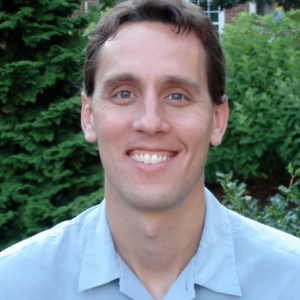Mar 28, 2017
Beta-glucuronidase (GUS) assay (adapted for Phaeodactylum tricornutum)
- Vincent A. Bielinski and Philip D. Weyman1
- 1J. Craig Venter Institute
- Protist Research to Optimize Tools in Genetics (PROT-G)

Protocol Citation: Vincent A. Bielinski and Philip D. Weyman 2017. Beta-glucuronidase (GUS) assay (adapted for Phaeodactylum tricornutum). protocols.io https://dx.doi.org/10.17504/protocols.io.hefb3bn
License: This is an open access protocol distributed under the terms of the Creative Commons Attribution License, which permits unrestricted use, distribution, and reproduction in any medium, provided the original author and source are credited
Protocol status: Working
Created: March 22, 2017
Last Modified: March 26, 2018
Protocol Integer ID: 5287
Abstract
A conventient extraction and measurement protocol for GUS activity from Phaeodactylum tricornutum.
Spin down cells
Spin down cells
Centrifuge cells for 10 min at 3,000 x g. We typically use 4-5 mL cells grown to ~1x106 cells/mL.
Resuspend cells in extraction buffer
Resuspend cells in extraction buffer
Pour off supernatant and resuspend cell pellets in 200 µL extraction buffer. Transfer to 1.5 mL microfuge tubes. Freeze cell suspension in liquid N2 or dry ice/ethanol bath and either 1) store at -80C or 2) proceed with extraction and assay.
GUS extraction buffer:
50 mM sodium PO4 buffer pH 7
10 µM beta-mercaptoethanol (BME)
0.1% Triton X-100
Perform freeze-thaw cycles
Perform freeze-thaw cycles
Do a total of three freeze-thaw cycles. Freeze on liquid N2 or with dry ice/ethanol and thaw by floating tubes in a rack in room temperature water. M
Centrifuge
Centrifuge
Spin down cell debris 5 min, 15,000 xg, 4 C. Transfer supernatant to a clean microfuge tube.
Prepare 96-well plates
Prepare 96-well plates
Add 190 µL GUS+MUG buffer to each well in a 96 well plate. Do each P. tricornutum sample in duplicate or triplicate, so the total number of wells needed is equal to number of samples x 2 or 3. We standard clear, flat bottom 96 well plates for this step.
GUS+MUG buffer:
50 mL GUS extraction buffer + 17.6 mg MUG (4-Methylumbelliferyl-β-D-galactopyranoside)
Add samples to wells
Add samples to wells
Add 10 µL clarified sample (step 4) to wells, mix by gently tapping plate. Incubate 30-90 min at 37C.
Stop reaction
Stop reaction
Prepare a stop buffer plate using a black 96-well flat bottom plate containing 180 µL stop buffer per well used in the reaction plate.
After incubation of reaction at 37 C for required time, transfer 20 µL of each reaction to the aliquotted stop buffer plate using a multichannel pipet. Mix by gentle tapping.
Stop Buffer: 0.2 M Na2CO3 (sodium carbonate)
Read reaction on fluorescent plate reader
Read reaction on fluorescent plate reader
Settings for fluorescence detection: excitation, 360 nm, emission, 440 nm
Freeze lysates for total protein quantification
Freeze lysates for total protein quantification
Perform total protein quantification by BCA assay or equivalent. Normalize GUS activities to total protein.
